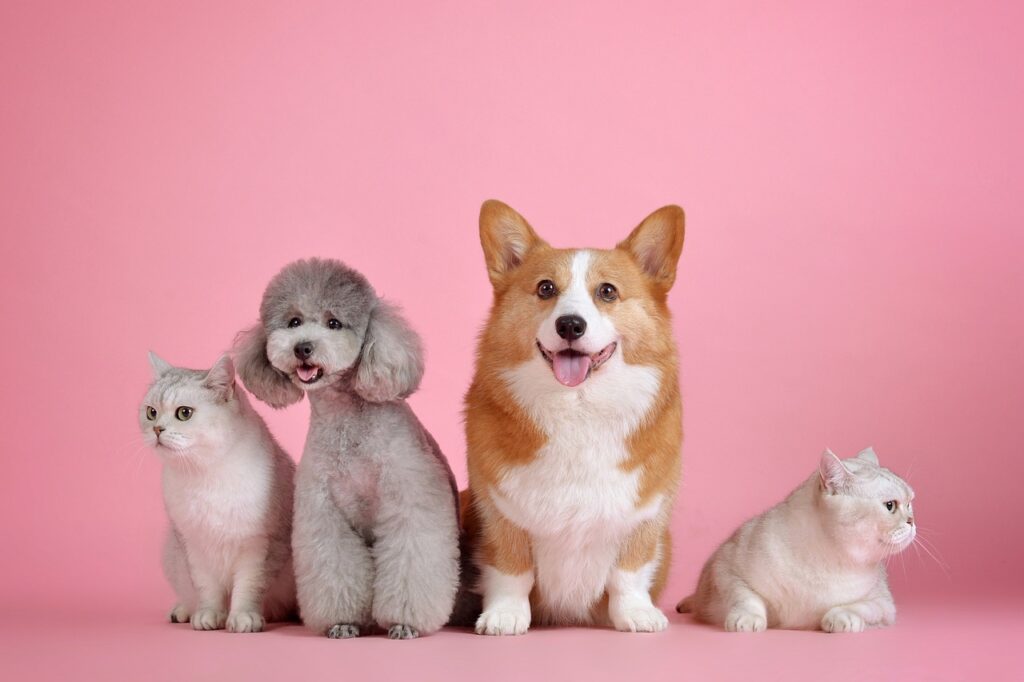
Dogs have long been cherished as loyal companions, each breed bringing its unique charm and characteristics to the table. With over 62% of pet parents considering breed an important factor when choosing a new furry friend, it’s no wonder certain breeds consistently capture our hearts. Among these, a select few stand out for their widespread appeal, embodying the perfect blend of temperament, intelligence, and companionship.
In the ever-evolving landscape of popular dog breeds, the French Bulldog has recently claimed the top spot in the US, showcasing its irresistible allure. Meanwhile, breeds like the Labrador Retriever continue to be favorites, celebrated for their spirited nature and versatility. As we delve into the top 10 most popular dogs, we’ll explore what makes these breeds so beloved and why they remain at the forefront of pet lovers’ minds. Whether you’re seeking a playful partner or a protective companion, there’s a breed here for everyone.
1. French Bulldog
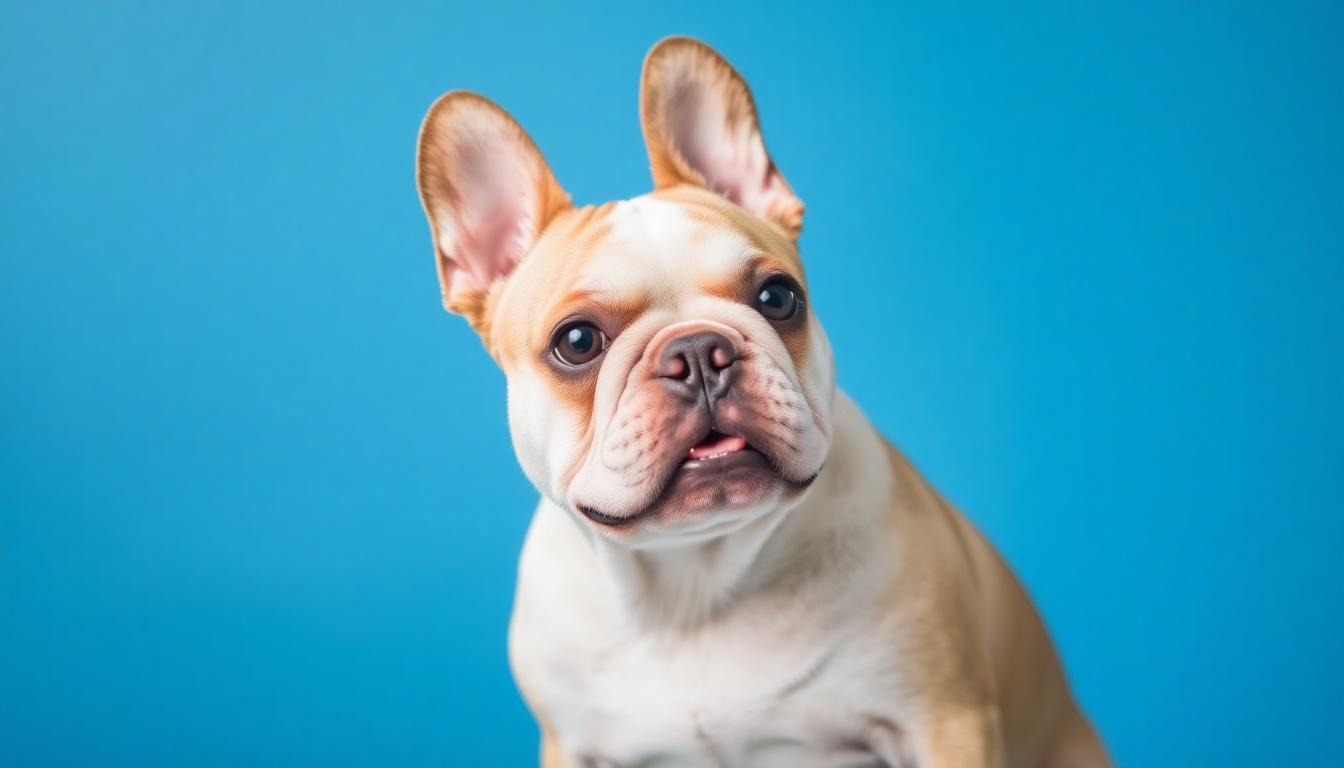
French Bulldogs have quickly charmed their way to the top spot on the American Kennel Club’s list of most popular dog breeds. Their unique combination of friendly demeanor and compact size makes them ideal companions for city living.
Characteristics and Temperament
French Bulldogs boast distinctive bat-like ears, a compact muscular frame, and short smooth coats, often seen in brindle, fawn, and white. Weighing between 16 to 28 pounds and standing around 10-12 inches tall, they exhibit a charming presence despite their small size. These push-faced pups are known for their comically pensive expressions, offering a warm, affectionate personality. Their love for human interaction makes them friendly and affectionate companions, thriving on attention and companionship.
Care and Maintenance
Caring for a French Bulldog demands attentiveness due to their brachycephalic facial structure, which can lead to respiratory concerns. They require regular veterinary check-ups to monitor potential health issues, including joint problems and skin allergies. Designed to fit seamlessly into urban lifestyles, they need low to moderate exercise, complemented by a balanced diet to maintain optimal weight and health. While generally easy to train, their occasional stubbornness requires patient and consistent training methods.
2. Labrador Retriever
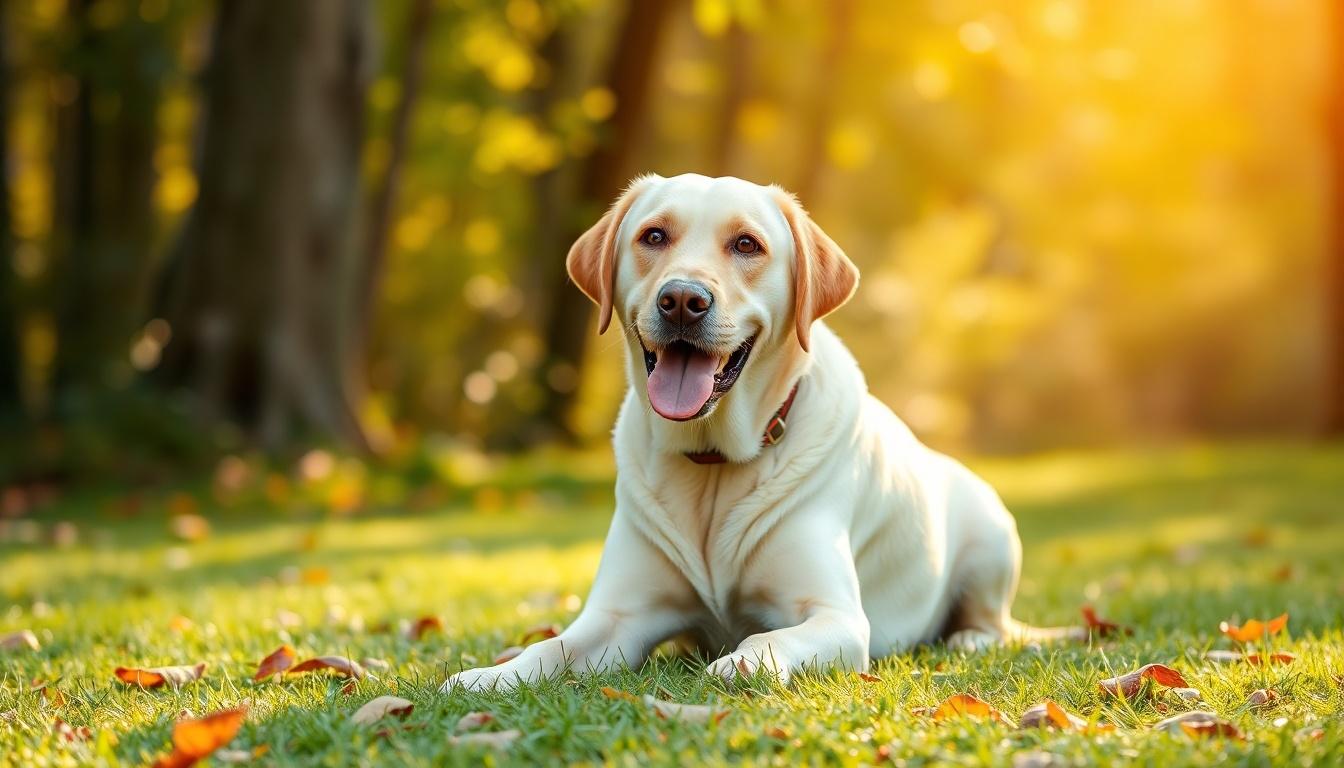
Often seen as the ideal family pet, Labrador Retrievers are adored for their friendly nature and boundless energy.
Characteristics and Temperament
Labrador Retrievers are medium to large-sized dogs, weighing between 55-80 pounds and standing 21.5-24.5 inches tall. With a robust build, they’re well-suited for varied activities. Their coat is short and dense, available in black, yellow, or chocolate. Labradors are known for shedding, especially during spring and fall. They’re intelligent, energetic, and love to play, making them excellent companions. Labs are friendly and loyal, thriving in family environments and excelling in roles like therapy or guide dogs. This breed is generally healthy but prone to health issues like hip dysplasia and ACL tears.
Care and Maintenance
To maintain their active lifestyle, Labrador Retrievers need over two hours of exercise daily. Walks, runs, and play sessions are ideal for keeping them fit. Mental stimulation through puzzle feeders and toys is essential to prevent boredom. Brushing at least once a week helps manage their shedding, and daily brushing during high-shedding seasons is beneficial. Regular vet visits ensure early detection of health concerns like ear infections and exercise-induced collapse. Consistent training fosters good behavior and keeps their intelligent mind engaged.
3. Golden Retriever
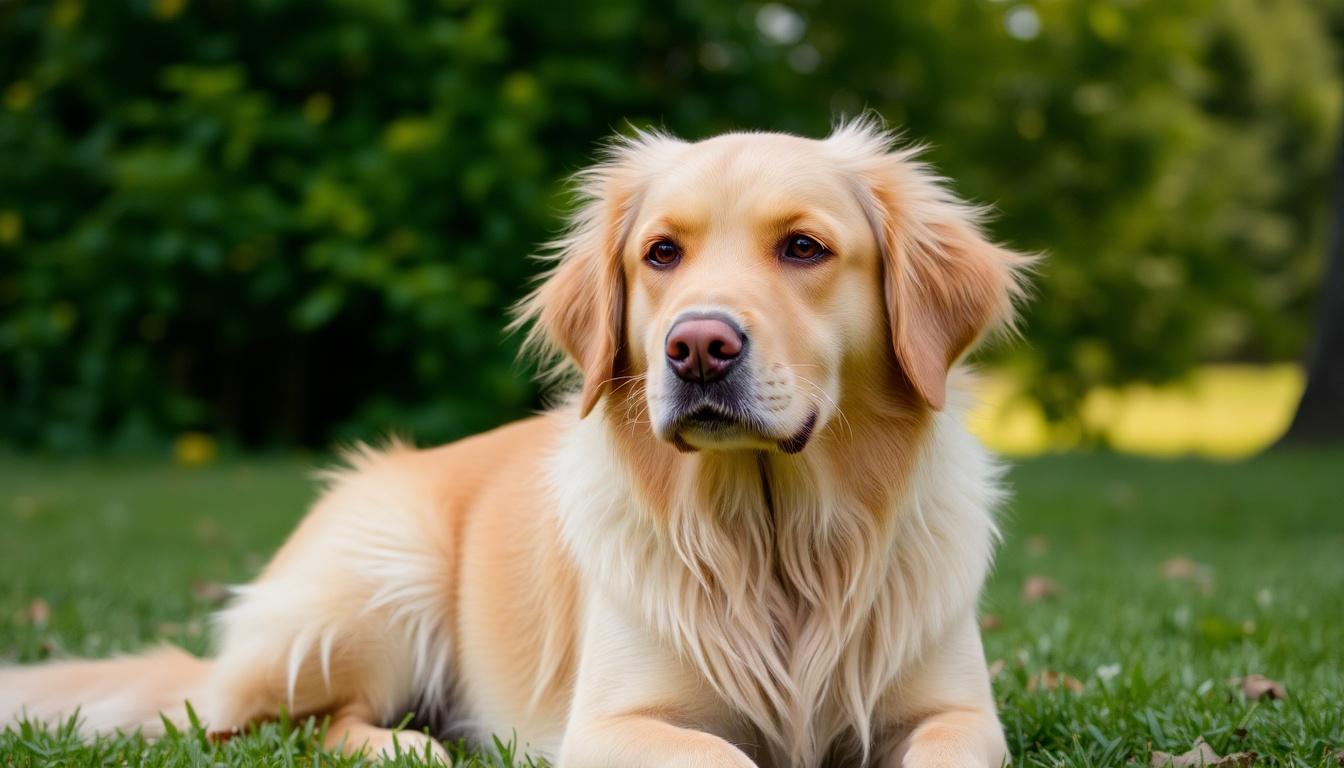
Golden Retrievers are beloved for their friendly nature and versatile skills, consistently ranking among the top dog breeds in popularity.
Characteristics and Temperament
Golden Retrievers are medium to large-sized dogs, typically standing 20 to 24 inches tall and weighing 55 to 75 pounds. They possess a thick, double golden coat that can be straight or wavy, shedding heavily, especially in spring and fall. This breed’s intelligence and trainability are notable—they excel in roles as guide dogs, search-and-rescue dogs, and therapy dogs. Their gentle, eager-to-please temperament makes them perfect family pets and dependable companions.
Care and Maintenance
Caring for a Golden Retriever involves managing their high energy needs. They thrive with regular physical activity like long walks and play sessions including swimming or fetching. A balanced diet rich in protein is crucial to support their nutritional requirements. Routine grooming helps manage their heavy shedding and maintains their beautiful coat. Regular veterinary check-ups are essential to monitor common health concerns, such as hip dysplasia, elbow dysplasia, and heart diseases. These affectionate dogs demand both physical and mental stimulation to lead happy, healthy lives.
4. German Shepherd
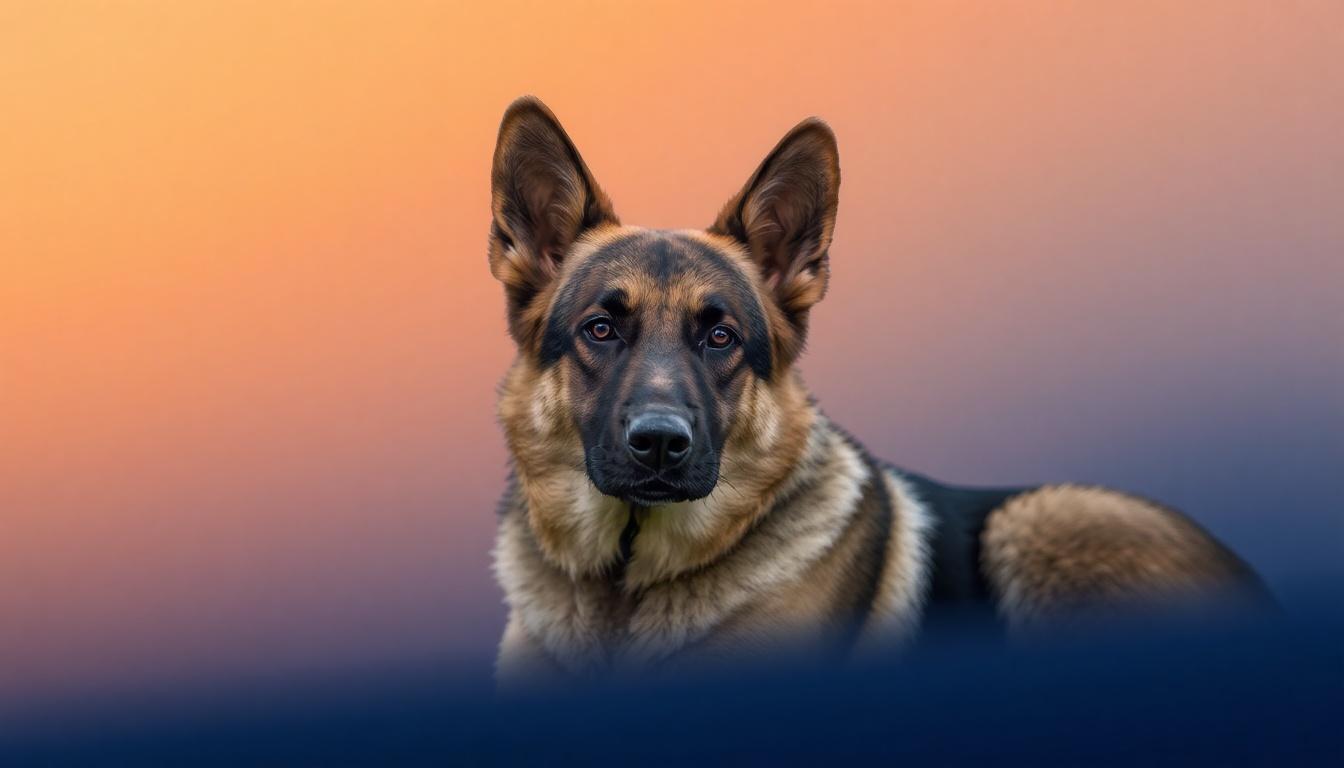
The German Shepherd is a breed synonymous with intelligence, courage, and versatility. These traits make them one of the most admired and sought-after dogs globally.
Characteristics and Temperament
German Shepherds are large, muscular dogs, typically standing 24 to 26 inches tall and weighing 75 to 95 pounds. Known for their confidence and agility, they excel in roles such as police and military service, search and rescue missions, and assistance as guide dogs. Their temperament is characterized by loyalty and bravery, making them ideal protectors and family companions. They’re good with children and other pets if properly socialized and trained early, showcasing a natural protective instinct.
Care and Maintenance
Caring for a German Shepherd involves addressing their high energy and intelligence needs. They require ample physical exercise and mental stimulation to stay healthy and satisfied. Due to their dense double coat, regular grooming is essential to manage shedding, particularly during seasonal changes. Their health can be compromised by conditions such as hip dysplasia and degenerative myelopathy, necessitating regular veterinary check-ups. A balanced diet tailored to support their large size and energy levels is crucial for their well-being. Proper training and socialization from an early age help control their territorial instincts, reinforcing good behavior and making life as a family pet enriching for both the dog and its owners.
5. Poodle
The Poodle, an elegant and versatile breed, consistently ranks among the top 10 most popular dogs. Known for their intelligence and distinguished coat, they come in three sizes: Toy, Miniature, and Standard.
Characteristics and Temperament
Poodles are celebrated for their athleticism and sharp intellect. Their distinctive curly, hypoallergenic coat makes them particularly appealing to those with allergies. With origins as water dogs, Poodles are adept swimmers and historically retrieved game during hunts. Their stylish appearance often leads them to dog shows and even circus performances.
In temperament, Poodles are good-natured, kind, and responsive to training, making them highly trainable. They possess a vibrant energy and need regular exercise to thrive. Poodles love mental stimulation, so incorporating activities like puzzle toys and training sessions can keep them engaged and happy.
Care and Maintenance
Poodle care requires attention to grooming and exercise. Their curly coats need regular grooming, typically every month or two, to prevent matting and tangling. They can be clipped in various styles from simple to flamboyant, enhancing their elegant stature.
Exercise is crucial for Poodles, given their energetic nature. Regular physical activity helps maintain their health and well-being. Additionally, routine veterinary check-ups are essential to monitor for health issues like hip dysplasia and eye disorders. Providing a balanced diet is key to supporting their active lifestyle and maintaining optimal health.
6. Bulldog
Characteristics and Temperament
Bulldogs are immediately recognizable by their stocky, muscular build and distinct wrinkled face. Weighing between 40-55 pounds and standing 10-14 inches tall, Bulldogs have a flat face and short snout, which adds to their unique appearance. Known for their friendly and affectionate temperament, these gentle companions thrive in family environments, forming strong bonds with children and other pets. Bulldogs are adaptable, making them ideal for apartment living, and their low exercise needs suit a laid-back lifestyle.
Care and Maintenance
Caring for a Bulldog involves minimal grooming due to their short, smooth coat, which comes in colors like brindle, fawn, and white. Their brachycephalic structure requires attention to respiratory health, emphasizing the importance of regular veterinary check-ups. Bulldogs aren’t built for excessive activity, so owners should focus on gentle exercises like scent tracking and puzzle toys. A balanced diet is crucial to prevent obesity and support their muscular build. Training might need patience due to occasional stubbornness, but consistency pays off in nurturing well-behaved Bulldogs.
7. Beagle
Characteristics and Temperament
Beagles are small yet sturdy dogs, standing 10-15 inches tall and weighing between 18-30 pounds. Their trademark features include large floppy ears and expressive brown eyes. With a short, smooth coat, they come in colors like tri-color, black and tan, and lemon. Known for their friendly and curious disposition, Beagles thrive in family settings, getting along well with children and other pets. Their keen sense of smell and adventurous spirit make them excellent companions for active families.
Care and Maintenance
Caring for a Beagle involves meeting their high energy needs through regular exercise, making them suitable for families who adore outdoor activities. A fenced yard is ideal for letting them explore safely. They respond well to positive reinforcement during training but can be easily distracted by scents. Beagles require a balanced diet to maintain energy and avoid obesity. Routine grooming keeps their short coats in good condition, while regular veterinary visits help monitor health issues common to the breed, like hip dysplasia and obesity.
8. Rottweiler
Characteristics and Temperament
Rottweilers are a large breed, typically standing between 22 to 27 inches tall and weighing 80 to 135 pounds. They have a distinctive black coat with tan markings and possess a muscular build. Known for their protective and alert nature, Rottweilers excel as watch or guard dogs. Despite these traits, they are loyal and loving, devoted to their families, and capable of showing affection. With proper training and socialization, their territorial instincts are manageable, making them gentle and loving family companions.
Care and Maintenance
Caring for a Rottweiler involves high exercise needs, requiring regular physical activity such as jogging or long walks. Consistent and firm training is crucial to harness their intelligence and strength. They need a balanced diet that supports their large size and prevents obesity, aligning with their high energy levels. Regular veterinary check-ups are essential to monitor and manage health concerns like hip and elbow dysplasia, heart conditions, and eye issues. Grooming their short, dense coat is minimal, but maintaining overall health through routine care is vital.
9. Dachshund
Characteristics and Temperament
Dachshunds are instantly recognizable by their long bodies and short legs. These spirited dogs offer a choice of smooth, wirehaired, or longhaired coats and come in both standard (16-32 pounds) and miniature sizes (up to 11 pounds). Standing about 6-10 inches tall, Dachshunds are known for their bold, vivacious personalities. Originally bred for hunting, they exhibit a curious and independent spirit, making them not only playful companions but also excellent small guard dogs.
Care and Maintenance
The care of a Dachshund centers around maintaining their health and managing their energy. Regular moderate exercise is necessary to meet their playful nature while preventing obesity, which can exacerbate back issues such as intervertebral disc disease (IVDD). Their diet should be balanced, supporting their compact size and dietary needs. Despite their stubborn streak, consistent training can help manage their protective and loud barking tendencies. Regular veterinary check-ups, coupled with appropriate grooming for their specific coat type, are essential in keeping these loyal companions healthy and happy.
10. German Shorthaired Pointer
The German Shorthaired Pointer (GSP) is a versatile breed known for its energy and intelligence, making it a popular choice for active families and hunting enthusiasts.
Characteristics and Temperament
German Shorthaired Pointers are medium to large-sized dogs, typically standing between 21 to 25 inches tall and weighing 45 to 65 pounds. They have a short, smooth coat in colors like liver and white, black and white, or solid liver or black, sometimes with roan patterns. These dogs exhibit a muscular build, paired with a broad head, floppy ears, and a docked tail suitable for their role as hunting companions.
GSPs are renowned for their intelligence and eagerness to please, making them highly trainable. They are friendly and affectionate, getting along well with families who can match their high energy levels. Historically used as hunting dogs, they frequently display instinctual pointing behaviors, even in their dreams.
Care and Maintenance
German Shorthaired Pointers require a high level of exercise to stay happy and healthy, needing plenty of physical activities and mental stimulation. They thrive with active owners who can provide ample opportunities for exercise like running, hiking, or playing fetch. Although their coat is easy to maintain, regular grooming is needed to keep it looking healthy.
These dogs tend to be vocal and may bark or whine for attention. Regular veterinary check-ups are crucial to monitor health issues like hip dysplasia, eye conditions, and potential skin and ear infections. They also need a high-protein diet to meet their energy needs and maintain optimal health.
Choosing the Right Dog for Your Lifestyle
Selecting a dog breed is a significant decision, with many aspects to consider. Careful consideration ensures the pet aligns with the owner’s lifestyle and preferences. Here’s how to choose wisely.
- Assessing Temperament Needs
Determine the breed’s temperament. High-energy breeds like the Labrador Retriever require considerable activity—ideal for active families. In contrast, the calm demeanor of a French Bulldog suits apartment dwellers. - Considering Space and Environment
Evaluate available space. Large outdoor areas best accommodate energetic breeds, while compact spaces fit smaller dogs like the Dachshund. Active breeds thrive with freedom to roam and play. - Evaluating Time Commitment
Align the breed with available time for training and exercise. Breeds such as the German Shepherd need mental stimulation, while low-maintenance poodles may suit busier individuals. - Understanding Health Considerations
Research potential health issues. Bulldogs, for instance, may face breathing difficulties; proactive healthcare can prevent complications. Investing in insurance or savings for future vet visits relieves potential financial burdens. - Grooming and Appearance Preferences
Decide on grooming needs and appearance. A Rottweiler requires minimal grooming, while a Poodle needs regular trimming. Choose a breed whose look aligns with personal taste, ensuring satisfaction over the long term.
Each dog’s unique traits create compatibility with various lifestyles. Thoughtful consideration of these factors ensures a fulfilling, long-lasting companionship.
Conclusion
Choosing the right dog breed is a deeply personal decision that requires careful thought and consideration. With the variety of breeds available, each offering unique traits and characteristics, pet owners have the opportunity to find a perfect match for their lifestyle and preferences. Whether one is drawn to the playful nature of the Labrador Retriever or the compact charm of the French Bulldog, understanding a breed’s needs and temperament is crucial. By aligning a dog’s energy levels, grooming requirements, and health considerations with one’s lifestyle, individuals can foster a rewarding and enduring relationship with their furry companion.
